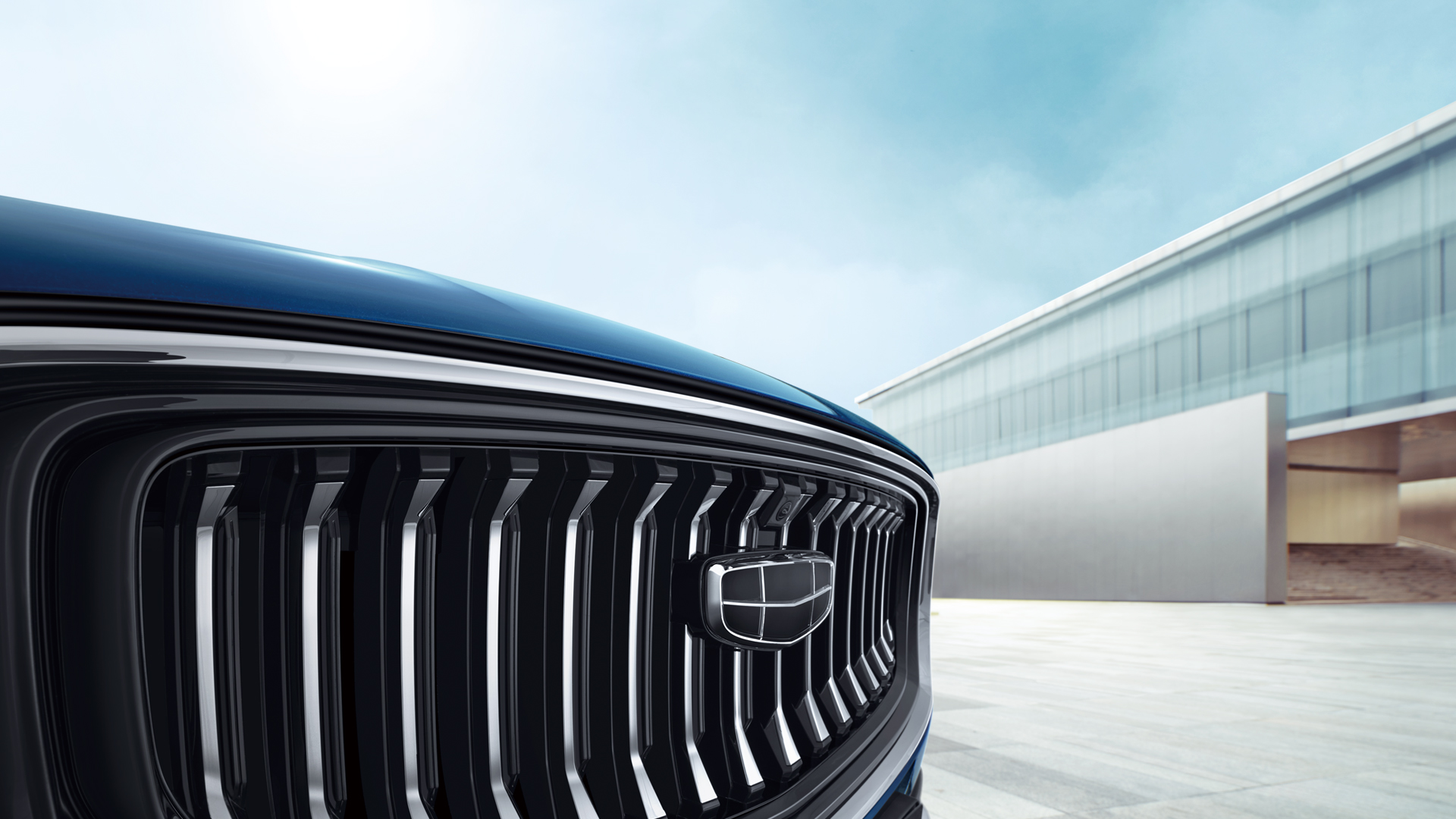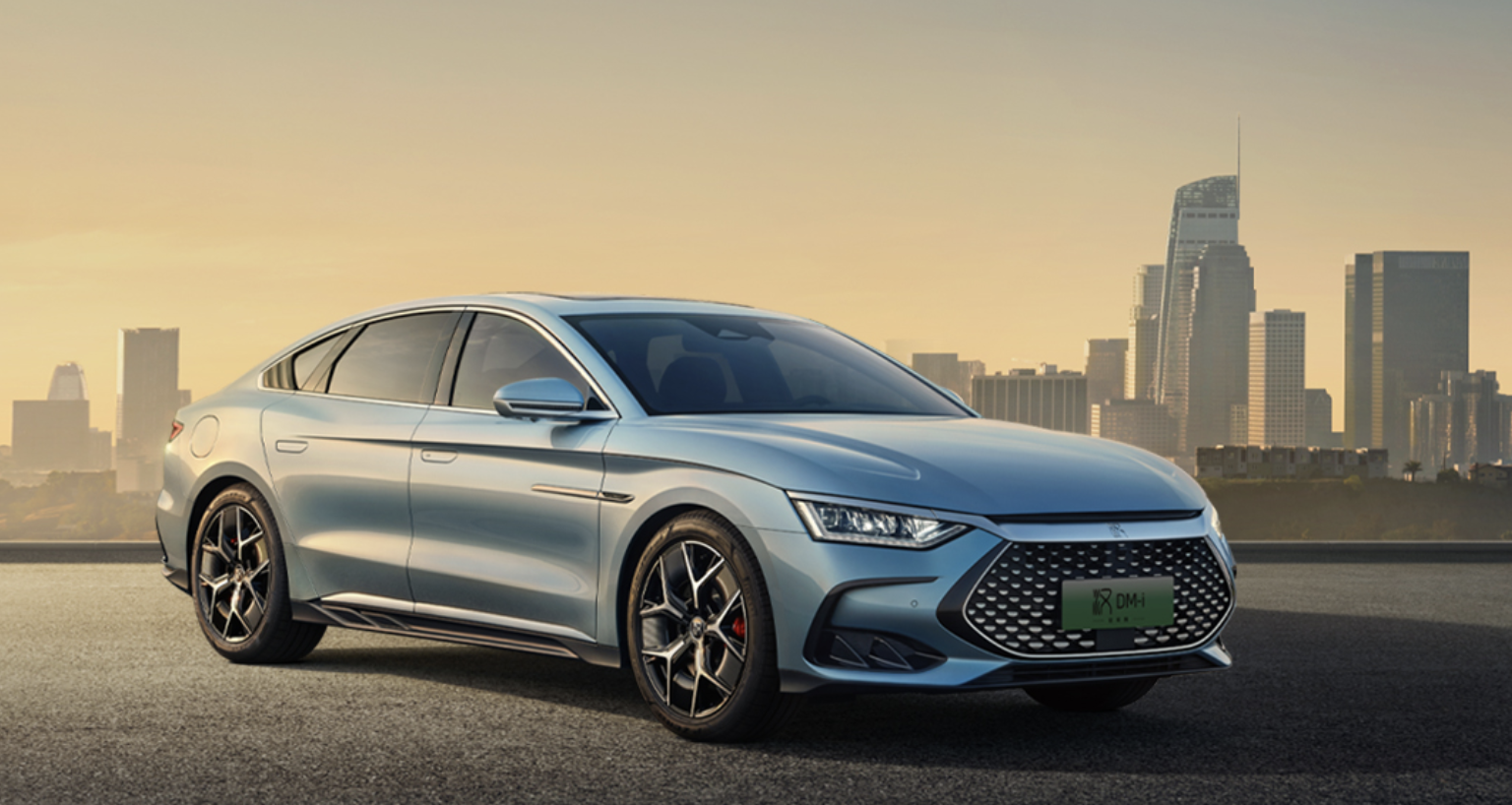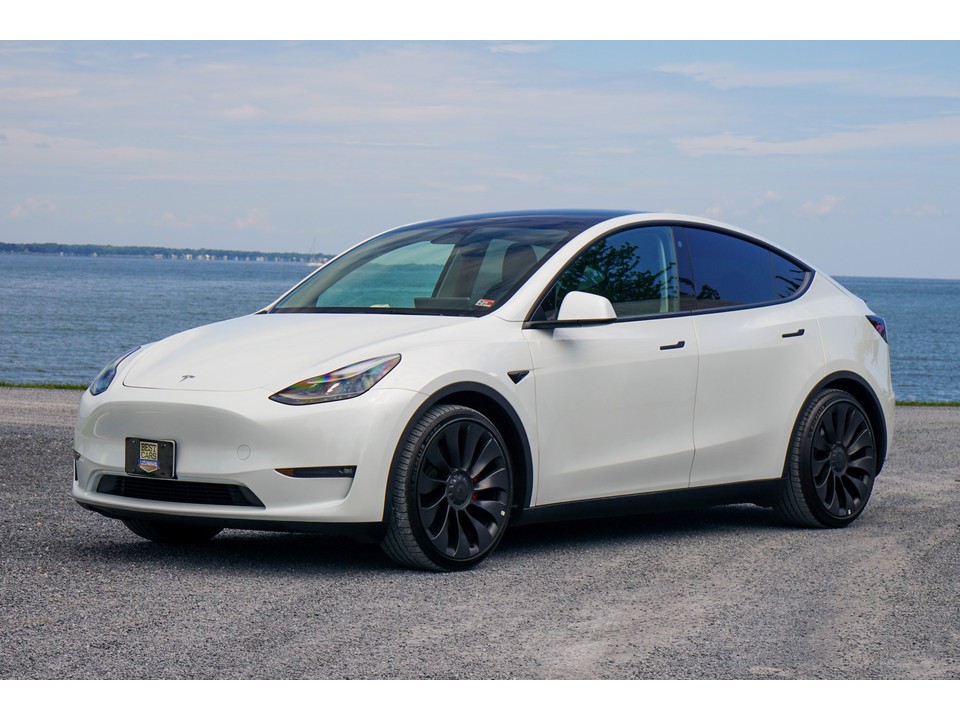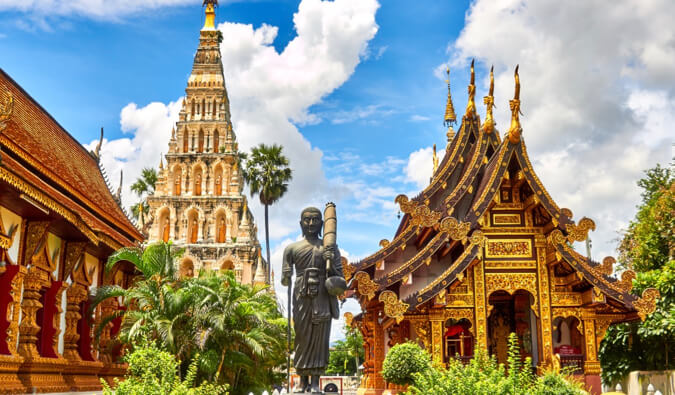The United States blocks China’s electric vehicle industry
The United States suddenly issued new regulations a few days ago, stipulating that "U.S. electric vehicles using Chinese batteries will not enjoy tax exemptions." This move is ostensibly to support the U.S. auto industry and curb Chinese electric vehicles. However, judging from the actual situation, it may be Counterproductive.
Among the top ten automobile companies in the world in 2022, the two American companies General Motors and Ford are still on the list, but their shipments are declining. General Motors dropped from 6.6 million units in 2021 to 5.94 million units, and Ford dropped from 3.72 million units. 10,000 units fell to 3.55 million units. However, during the same period, an emerging automobile company in the United States achieved rapid growth, and that was Tesla.
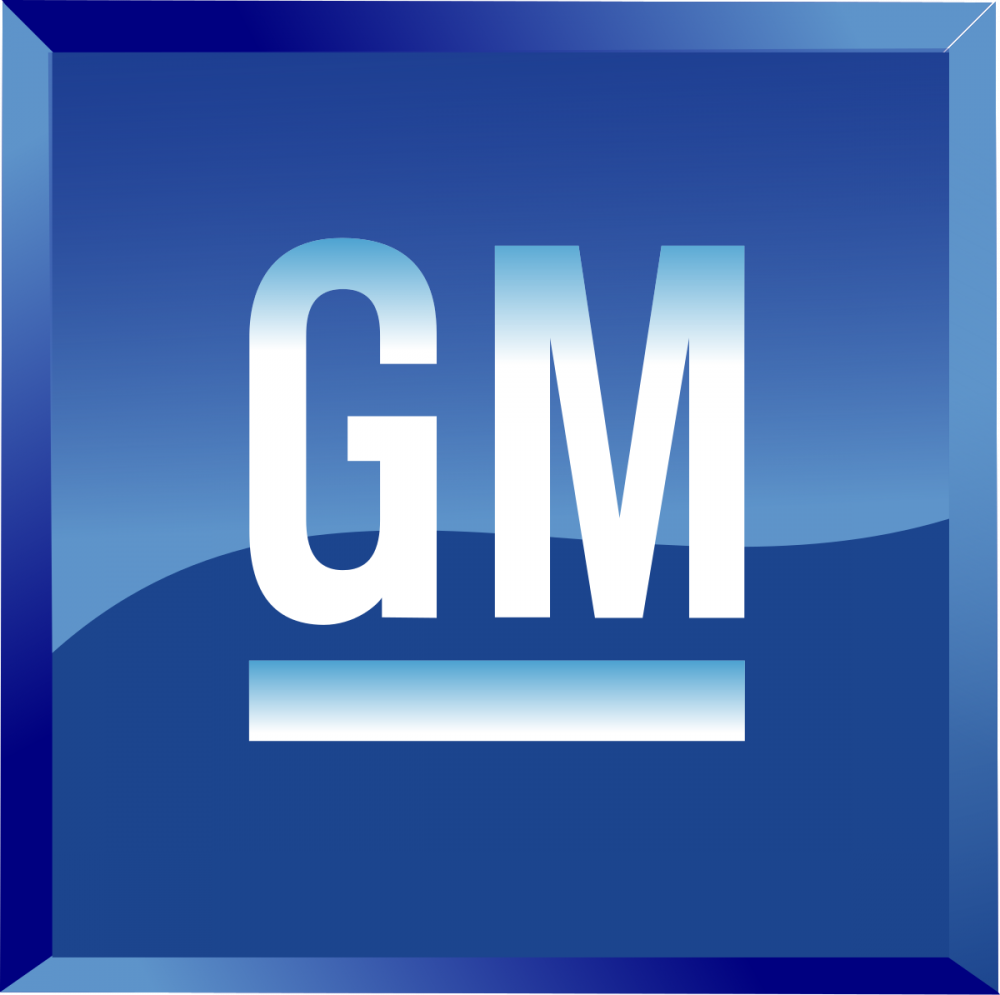
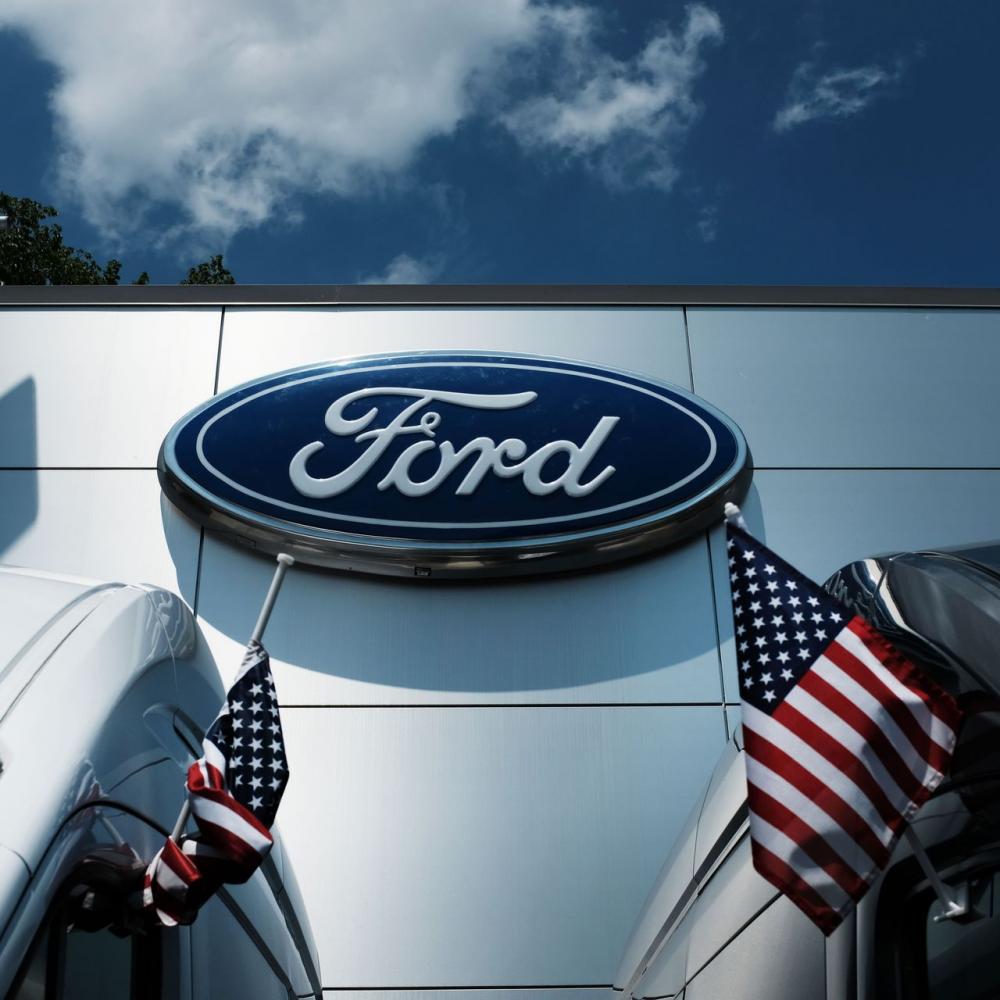
Tesla Motors will ship 940,000 vehicles in 2021 and 1.31 million vehicles in 2022. Tesla’s rapid growth has saved the face of the U.S. auto industry. However, Tesla’s ability to achieve such results has to do with It is inseparable from the support of Made in China, and it is Made in China that has driven Tesla to new glory.
At the end of 2018, Tesla decided to build a factory in Shanghai, China. The Shanghai factory achieved mass production in just one year. In 2022, the Shanghai factory's output will exceed 700,000 vehicles, accounting for 54% of Tesla's shipments in the same year, which means The production capacity of the Shanghai factory has far exceeded that of the American factory.
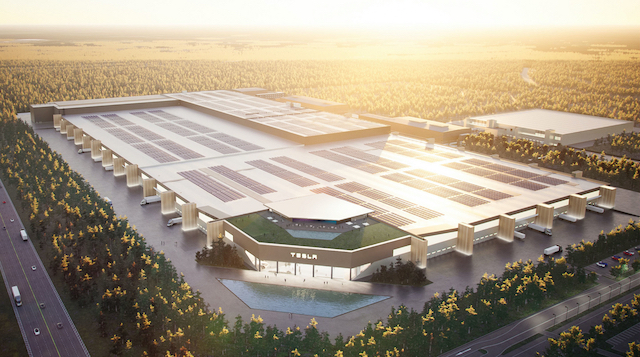
The production capacity of Tesla's Shanghai factory not only supplies the Chinese market, but also exports to Japan, Europe and other markets. The reason is that Shanghai has abundant production capacity and the cost is much lower than that of the United States. It is precisely because of the mass production of the Shanghai factory that the model 3 and model Y have been significantly reduced. Tesla relies on its cost advantage to compete with Volkswagen in the European market.
As the advantages of the Shanghai factory have been reflected, Tesla is now further expanding the production capacity of the Shanghai factory and plans to further use the Shanghai factory as a base to export to the world.
Among the top ten power battery companies in the world, seven are Chinese companies, and the top two are occupied by Chinese companies. In the first nine months of this year, China's largest power battery company CATL will be the third in terms of shipments in 2022. Its name is 2.6 times that of LG Chem. Due to CATL’s technology, cost and production capacity advantages, in addition to Tesla as a customer, foreign automobile companies also include Volkswagen, BMW, Daimler, etc. as its customers.
In contrast, Panasonic, which was once the world's second largest power battery company, has been setting up factories in the United States for many years and is Tesla's only power battery supplier. Due to the high production costs in the United States, it was difficult to make money, and Panasonic finally gave up its special power battery business. Tesla's status as the only supplier shows how high the cost of manufacturing in the United States is.
Under such circumstances, if the United States does not provide subsidies to American car companies that use Chinese power batteries, then American car companies will inevitably further lose their competitiveness. Tesla, which has already built a factory in China, currently does not sell the cars produced in the Shanghai factory to the United States. Cars exported to Europe and Japan receive no U.S. subsidies and are cheaper. Recently, General Motors launched an electric car in China priced at less than 100,000 yuan, which also used Chinese batteries.
Under such circumstances, U.S. car companies will not export cars produced in U.S. factories, but will only further expand their factory production capacity in China to export from China to markets outside the U.S., leading to a further decline in U.S. domestic car exports. This is the so-called Shooting oneself in the foot.

 Russian
Russian

